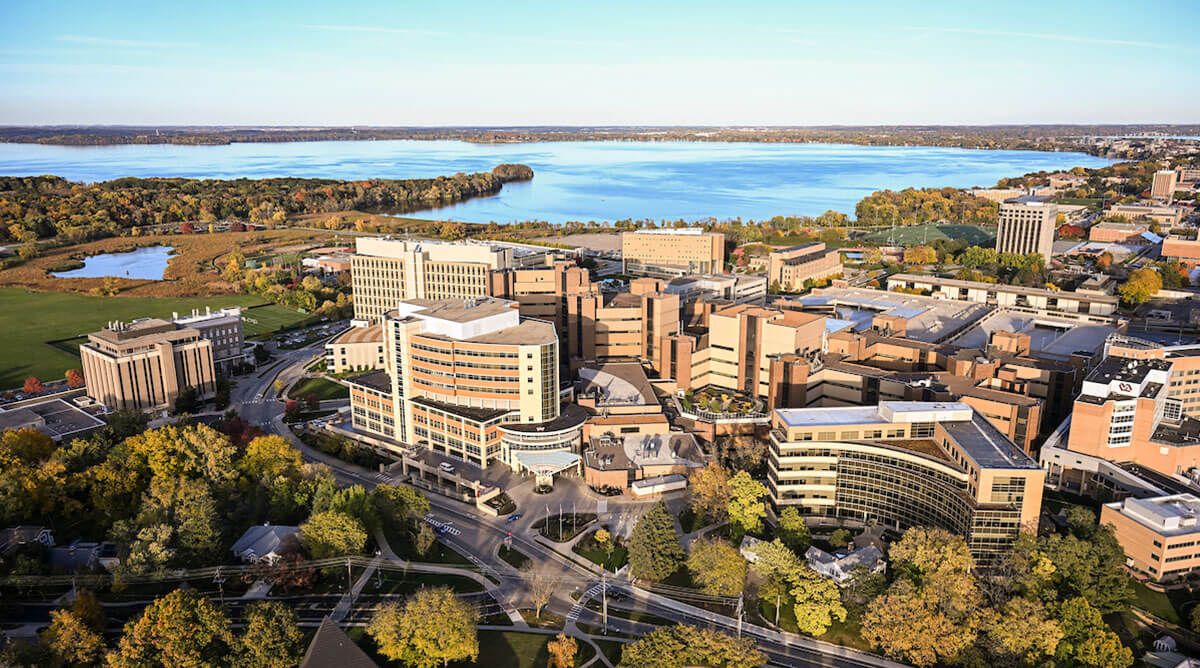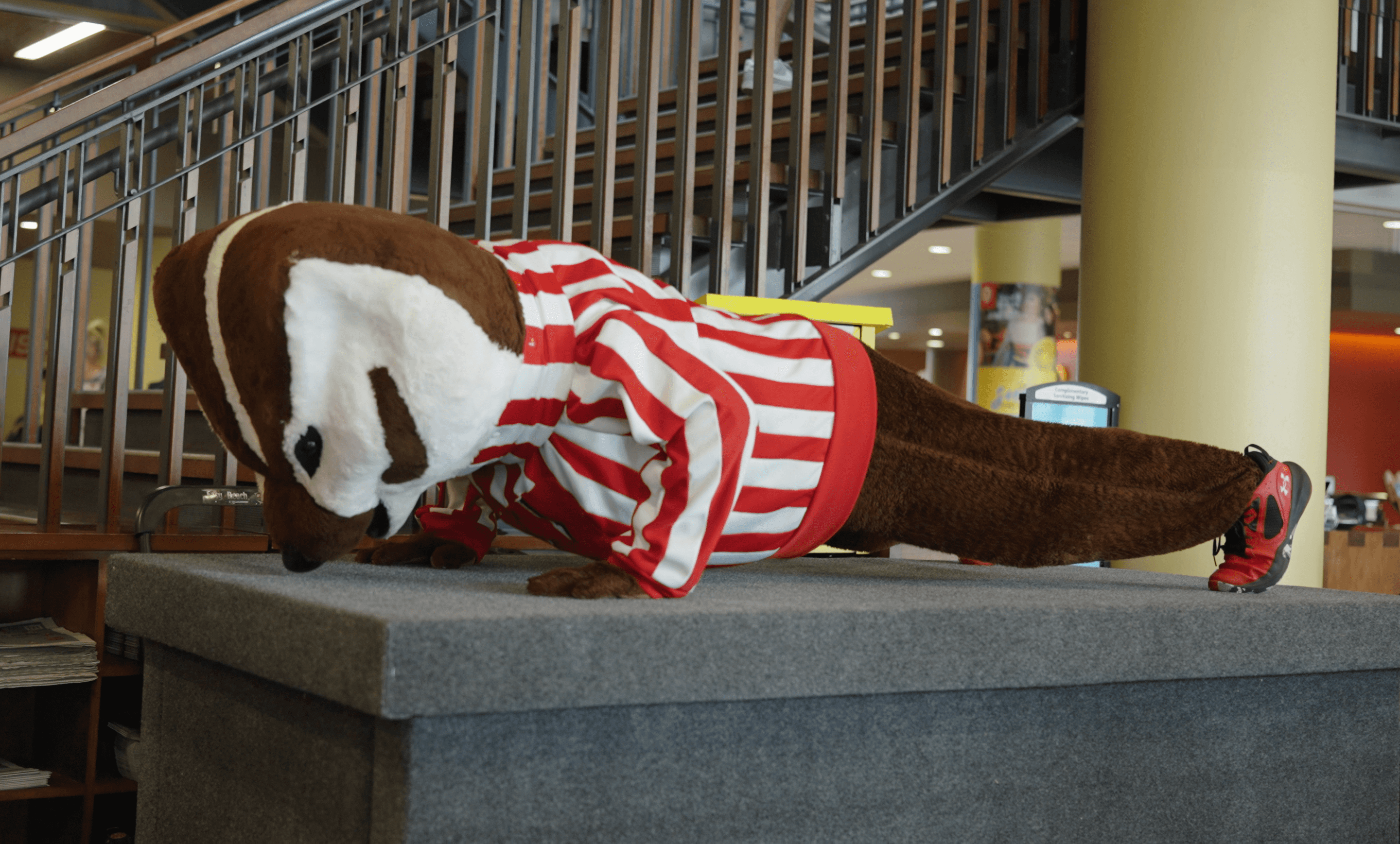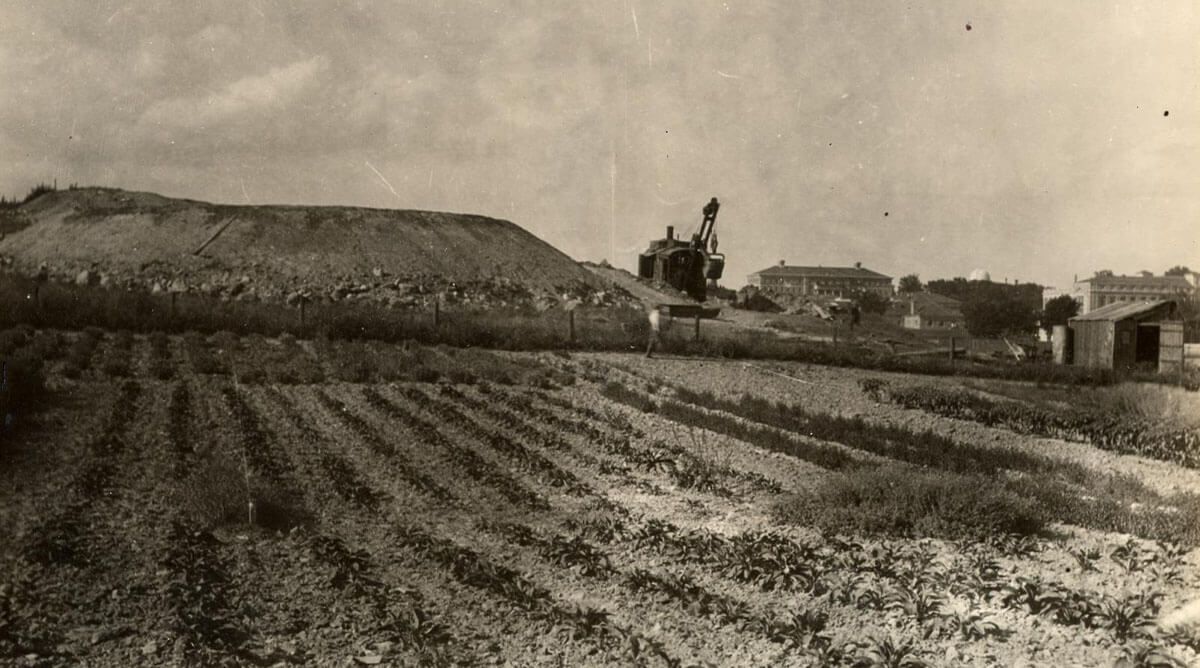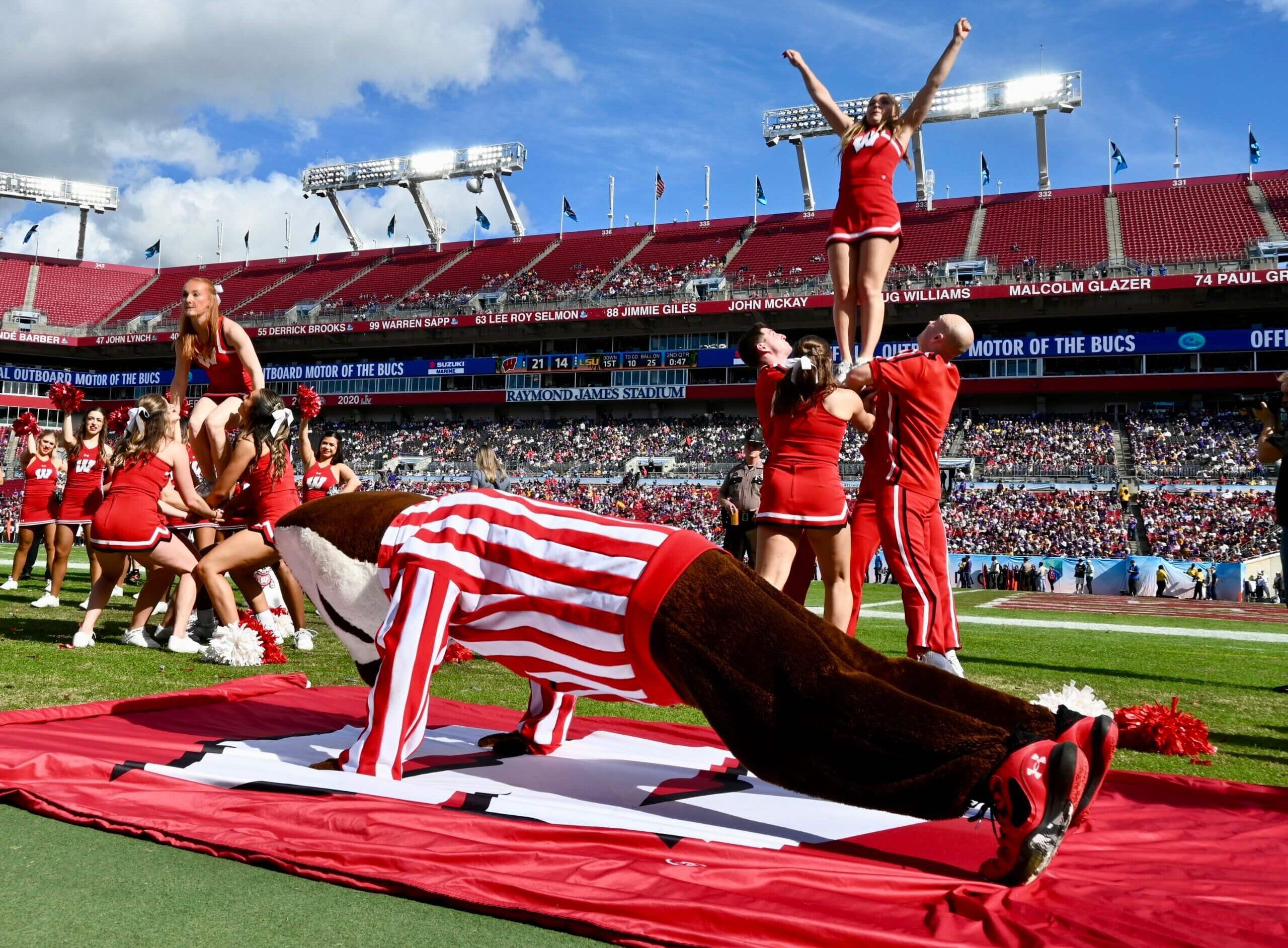Did you know about Platteville’s place in the history of this prestigious prize?
A mining town. An agricultural hub. These are what Platteville is known as. But the hometown of a Nobel Prize recipient? Not so much. But it is. Herbert Spencer Gasser was born on July 5, 1888, and went on to earn the Nobel Prize in physiology or medicine in 1944 jointly with his mentor Joseph Erlanger.
Before achieving fame in the medical field, Gasser roamed the fields in this southwestern corner of Wisconsin while avidly reading the works of Darwin, Huxley, and Herbert Spencer. He attended the University of Wisconsin in 1907, finishing his undergraduate studies in zoology in only two years. In 1909, Gasser enrolled in the university’s medical school, where he first met Erlanger. Gasser completed his MD in 1915 at the Johns Hopkins University School of Medicine and joined Erlanger’s laboratory at Washington University in Saint Louis in 1921.
It was during their work together that Gasser and Erlanger studied the different functions of single nerve fibers. By 1924, they had succeeded in adapting an oscillograph to physiological research, enabling them to visualize amplified nerve impulses on a fluorescent screen. Using this device, they demonstrated that different nerve fibers exist for the transmission of specific kinds of impulses, such as those relating to pain, cold, and heat. Their work also made it possible to construct improved recording machines to diagnose brain and nervous disorders and to ascertain the success of treatments for these diseases.
“Gasser’s efforts led to advances in our knowledge of reflex action and the mechanism of pain and have inspired a large school of neurophysiologists.”
According to the Nobel Prize website, the two scientists were awarded this honor “for their discoveries relating to the highly differentiated functions of single nerve fibers.” Ever the academic, Gasser used his prize money to fund further research on the subject.
Gasser’s efforts led to advances in our knowledge of reflex action and the mechanism of pain and have inspired a large school of neurophysiologists.
Although he never again called Platteville home, Gasser’s Wisconsin roots were strong if not well known.







